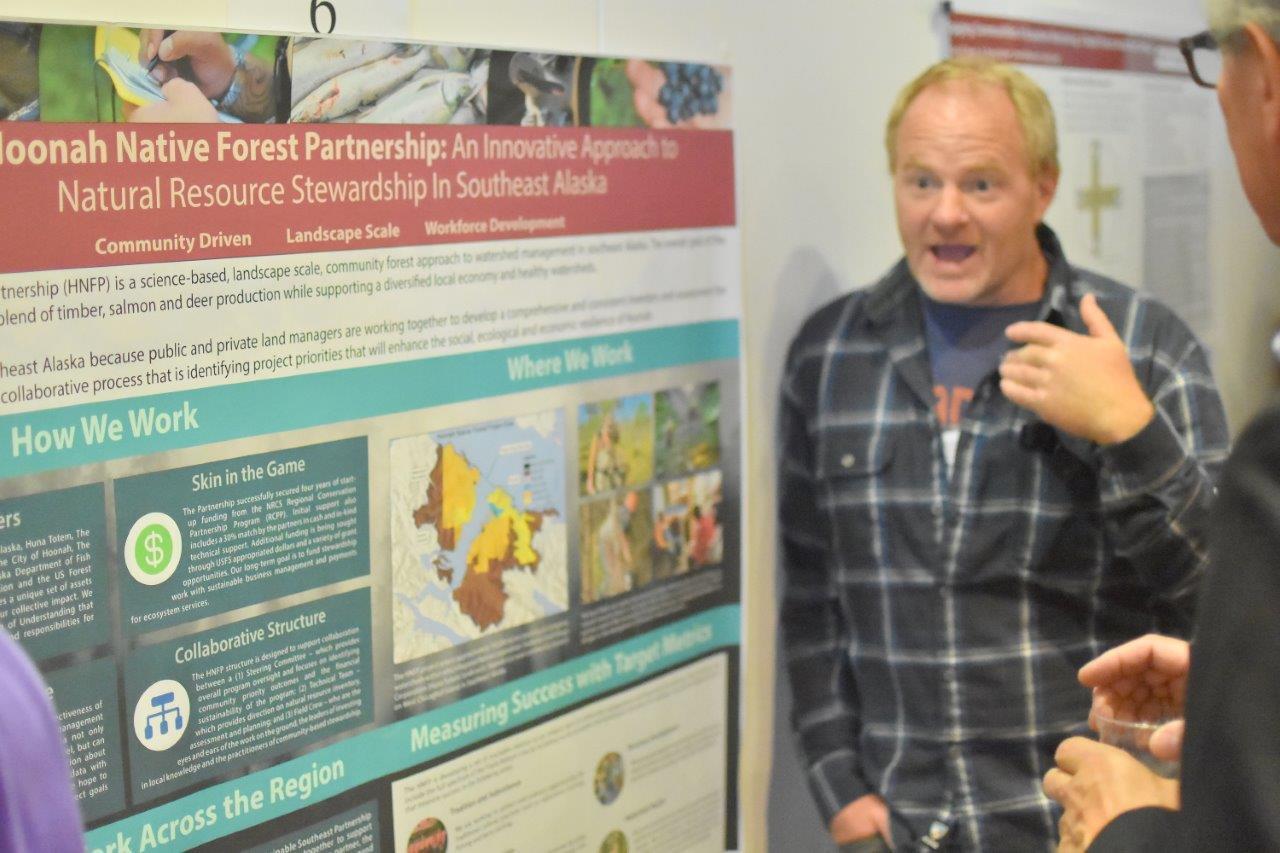In Denver, I participated in a 300-person conference on collaborative forest restoration organized by the NFF. “Collaborative forest restoration” is just a fancy way to say getting a bunch of diverse (and often stridently opposed) parties to the table to agree on how to restore National Forests through a wide variety of conservation strategies. Long beset by high intensity conflict – including the ultimate battle, litigation, especially over forest thinning projects – such projects today are increasingly being accomplished with much stronger buy-in from the community.
Why? Because interested parties are being invited into a real dialogue earlier on, with reasonable ground rules and greater confidence that a shared goal really does lurk somewhere in all the messy deliberations. This requires a skilled and neutral facilitator (something the NFF does across the country), a strong process, and some patience. Well, a lot of patience, to be honest.
The course corrections come from the participants themselves who, in successful collaborative groups, steer discussions and trust levels to a new place. The outcome is social license, the community’s support for restoration of forest land, ensuring its sustainability.This is at the core of the NFF’s work, and the Denver workshop demonstrated the validity of this approach.
Our conference was neatly balanced with 150 Forest Service personnel and 150 individuals from dozens of community-based forest groups nationwide.I saw strong energy over those two days and real determination to root cooperative strategies in people’s work, to break down past biases and hesitations.Perhaps that’s the big picture course correction here: that collaboration is being increasingly accepted and pursued as the way things will get done on forests in the future.If it is empowering badly needed work and increasing the community’s buy-in for it, that that is a big win.

Twenty-four hours later, I was standing on the chilly banks of the Little Truckee River high in the Sierra Nevada observing a different kind of course correction. The NFF’s Board of Directors was on a field visit to one of our Treasured Landscapes sites. Our group learned how “introducing woody material” into the stream creates “complexity” with huge ecological benefits. Huh? Basically, placing tree trunks with huge root wads intact at key locations shifts the stream’s flow creating new eddies and pools for fish, restoring the desirable sinuous shape of the waterway, and more.The NFF has funded similar in-stream work in other places with equally beneficial results.

I loved the idea that this kind of restoration project harnesses the natural, existing energy of the current to create the varying depths, temperatures, textures, and streamside contours of a healthy waterway. Essentially, with this gentle course correction, the stream organically heals itself and returns to its preferred complexity.
Both the surge in psychic energy for collaborative efforts and the literal energy in the Little Truckee River drove home for me the real power in minor modifications that lead to new and positive outcomes.

